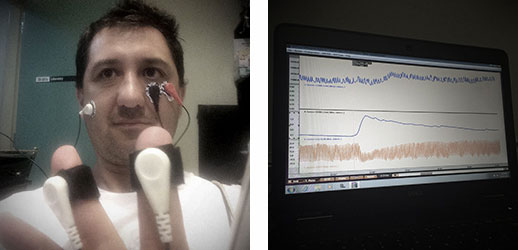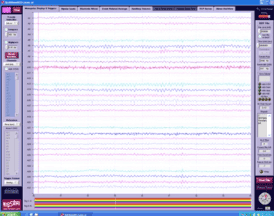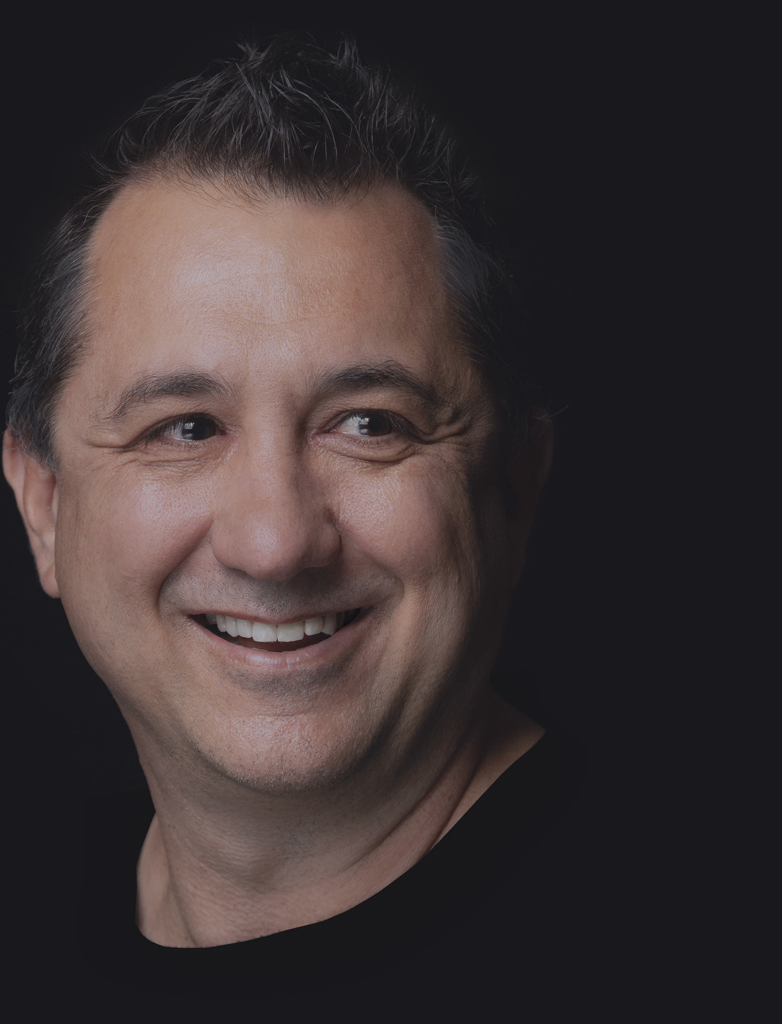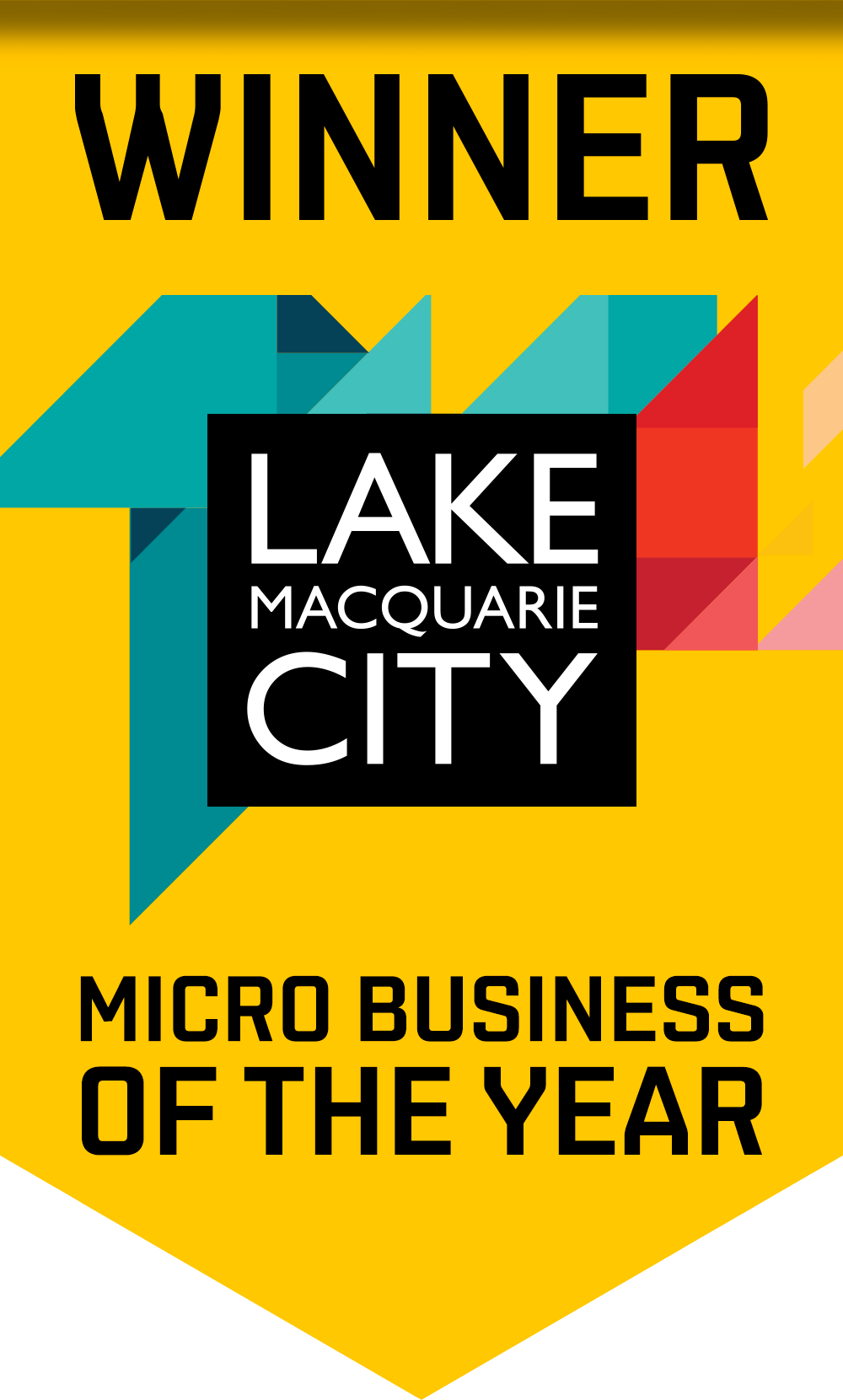The Neuroscience of Branding
I caught up with Shannon Bosshard, a young and energetic PHD student whom I previously connected with when he approached me to help him with his new business venture, Neuro Consulting Australia, where I am helping him set up his new website.
Shannon’s new venture, Neuro Consulting Australia, is a unique service, one of a kind in Australia, so naturally I found this service to be very interesting and wanted to learn more.
We decided to catch up over a beer so I could learn more about Neuroscience and how it can be used to improve graphic design, interface design and branding, topics close to the psyborg® heart.
Shannon was kind enough to introduce me to Neuroscience and its application. Here’s what I learned…
So what is Neuroscience anyway?
As it stands, the human brain is the most complex living structure we know of. There is so much we know about the brain and how it works and still so much to learn. Neuroscience is the study of this complex mass of tissue.
Neuroscience has shown that most of our decision-making is automatic, intuitive and instinctive – and it’s made in the ‘rapid-response’ part of our brains.
In relation to graphic design and branding, consumer-neuroscience, otherwise known as neuromarketing, looks at how consumers perceive brands and other marketing related stimuli. It is widely known that up to 95% of behaviour is in some way driven by non-conscious processes. With regards to consumer behaviour, consumers make most of their decisions unconsciously, in an automatic, rapid response manner, and neuroscience is the practice of measuring the unconscious.
Neuroscience has shown us that there are in fact two types of attitudes, those that are conscious and those that are non-conscious. Traditionally, marketing strategies have focussed on understanding and interpreting attitudes at a conscious level. These attitudes are often polluted by thoughts. For example, if asked why you like a certain brand, it can often be difficult to articulate your answer. This is because the act of thinking pollutes your response. Neuroscience is able to solve this issue by tapping into the brain and measuring responses that aren’t tainted by thoughts.
Traditionally, marketing companies have been asking consumers directly through market research & focus groups, why they do what they do and how they perceive and react to brands largely represented by graphic design. Neuroscience offers an alternative to this approach.
The problem with traditional market research is that it relies on two things – one, that consumers tell the truth, and two, that consumers know whether they like something or not. Unfortunately, existing literature suggests that consumers can’t really tell us what they are thinking at a non-conscious level with regards to a brand or design because in reality they don’t know. Shannon says that the brains automatic response is what really needs to be studied, and this can only be done by using the following neuro-scientific methods to truly view consumer reactions to branding and graphic design.
Physiological response
When I hear ‘neuro’ I automatically think brain, but Neuroscientists also look at the physiological response to stimuli. A few different physiological responses are measured to view consumer responses including facial EMG, Skin Conductance and Heart Rate.
Facial EMG is done by placing electrodes around the eye to measure changes in the voltage caused by muscle contractions. These changes occur when we feel different emotions. Typically we blink more when we see something that we don’t like than when we are shown something we like. Facial EMG measures these changes and simply put, quantifies our emotional responses.

These muscle contractions can occur even if no visible changes to facial expression can be seen. So this tool is much more sensitive to changes in emotion than facial recognition software.
Facial EMG has recently been used to answer several design related questions. Through the use of this technology, researchers have found that different bottle shapes elicit significantly different emotional responses. When males and females were asked whether one of three bottle shapes were more appealing, participants verbally responded no. However, when eye blink magnitude was analysed, a medium sized, polygonal bottle was seen to be more unpleasant for males than for females. This is a perfect example of how shapes and design are interpreted and favourably assessed by each gender. Such findings can assist designers when choosing whether to tailor advertisements to a specific gender.
In graphic design, the aim of the designer is to elicit particular emotions which sit with the objectives of the brand. Designers do this by borrowing from culture, symbolism and colour theory. This would mean that if the designer has done their job right, technically this should be congruent with the results of a Facial EMG.
Skin Conductance is measured by placing electrodes on the fingers to measure the changes in the voltage caused by the activity of the sympathetic nervous system, also known as our body’s arousal system. This tool can be used to measure intensity of emotional arousal.
Whilst researching this I read an interesting fact that some studies have actually shown people to be more aroused by brands than they are by loved ones! Yes, they seem to be more emotionally invested in Coca Cola than they are to their husband or wife!
Heart Rate can be measured using an ECG (electrocardiogram) machine, this rate can be used as a measure of attention and arousal in response to the given brand or graphic design stimuli. Hence using an ECG one can determine scientifically if somebody is aroused by a design or not.
EEG (Electroencephalography)
 Another method of measurement in the Neuroscientists toolkit is EEG. An EEG measures the subconscious brain response to stimuli directly. EEG maps the brain waves, showing researchers how the brain reacts to different images.
Another method of measurement in the Neuroscientists toolkit is EEG. An EEG measures the subconscious brain response to stimuli directly. EEG maps the brain waves, showing researchers how the brain reacts to different images.
To me it looks like a bunch of squiggly lines on a computer screen, but I find it fascinating that Neuroscientists can marry this information up with other methods to determine our immediate response to what we are viewing. They know how our brain is responding to what we are seeing.
Shannon says, research suggests that EEG is capable of differentiating between liked and disliked stimuli. Generally, greater activity across left frontal hemispheres is associated with positive/approach related behaviour whilst greater left frontal activity is associated with negative/avoidance related behaviour which could easily be applied within design contexts.
Eye Tracking
![]() The name says it all really. This method tracks eye movement which allows Neuroscientists to measure which stimuli captures attention, exactly how quickly the attention is caught and how long that attention is held. Link this up with the brain waves from the EEG and physiological responses and you can imagine how powerful this tool could be to a designer given an appropriate sample size.
The name says it all really. This method tracks eye movement which allows Neuroscientists to measure which stimuli captures attention, exactly how quickly the attention is caught and how long that attention is held. Link this up with the brain waves from the EEG and physiological responses and you can imagine how powerful this tool could be to a designer given an appropriate sample size.
Eye tracking is also used in interface design for digital applications such as websites where the eye tracking software records where the eyes are focused, generating a kind of heat map that when studied across a large sample size, can reveal patterns of attention. Graphic designers can use this information to improve their designs to suit the objectives of the interface.
MRI (Magnetic Resonance Imaging)
Functional MRI’s can be used to see which areas of the brain are active when viewing certain stimuli. Studies have been done using an FMRI that show how well known brands stimulate a positive reaction in the brain with little effort, and less known brands stimulate a negative response in the brain with higher levels of activity. Researchers are integrating this technology with those mentioned above due to its bad temporal resolution (time). Basically there is a delay between when participants see something on a screen and when the MRI machine picks up the activity. In contrast, EEG and Facial EMG are instantaneous.
How can this be used in graphic design and branding?
When chatting with Shannon, Shannon mentioned that the power of these techniques allow for a significantly smaller sample size (around 30 – 50 participants) which is significantly less than traditional market research as the results generated are hard-data, independent of bias. Shannon and his team can design experiments depending on the particular design or branding objective in mind with relatively less sample size.
According to Shannon, neuroscience allows researchers to quantify emotion. In doing so, questions such as ‘which design do you like more’, ‘why do you like this design more’ and ‘which product looks, feels, or smells better’, can be answered without asking a single question of the consumer.
I know when I design something, I try to tap into my non-conscious (sometimes referred to as intuition or gut feel) to determine what works and what does not work aesthetically and emotionally. For me these decisions come down to how I use colour, line, shape and space to arouse a particular emotion, response or perception that achieves the objectives of my client. Neuroscience offers a scientific method to measure these responses and certainly confirm or deny what designers are trying to achieve.
I hope this article has shed some light on the topic of Neuroscience and how it can be applied to graphic design and branding, and I really want to thank Shannon for his time in shedding some light on the topic, and hope to work with him again in the future.

Daniel Borg
Creative Director
psyborg® was founded by Daniel Borg, an Honours Graduate in Design from the University of Newcastle, NSW, Australia. Daniel also has an Associate Diploma in Industrial Engineering and has experience from within the Engineering & Advertising Industries.
Daniel has completed over 2800 design projects consisting of branding, content marketing, digital marketing, illustration, web design, and printed projects since psyborg® was first founded. psyborg® is located in Lake Macquarie, Newcastle but services business Nation wide.
I really do enjoy getting feedback so please let me know your thoughts on this or any of my articles in the comments field or on social media below.
Cheers Daniel

